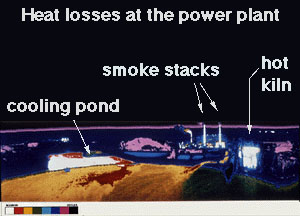ExploraTour: A Peek into the Lives of the Stars

Windows Original.
How Many Stars are Supergiants?
When you look up in the night sky, most of the brightest stars are giants or supergiants. You may be surprised to find that giants are very rare. In fact, most stars are much smaller than the sun!
If you look around at the sun's close neighbors (stars less than 13 light years away), only 2 are larger than the sun (Sirius and Procyon), 1 is the same size (Alpha Centuri) and all others are smaller and weaker.
90% of all stars are smaller than 8 tenths of a solar mass. Below 8 one-hundredths of a solar mass, the core never gets hot enough for nuclear reactions and no star is formed.
About 10% have masses between 8 tenths ad 8 solar masses. These stars will eventually be red giants.
Less than 1% have masses greater than 8 solar masses. From this group come hypergiants and supergiants.
It is believed that no star can exceed 120 solar masses. Gravity would not be able to hold the star together against the tremendous energy output from the core and the star would explode.











